What do you think the echocardiogram shows in this case?
Dr. Smith's ECG Blog
MAY 13, 2020
Here is the EMS ECG: Obviously massive diffuse subendocardial ischemia, with profound STD and STE in aVR Of course this pattern is most often seen from etoliogies other than ACS. The ECG only tells you there is ischemia, not the etiology of it. What do you think the echocardiogram shows? NTG drip started. Pain better still.

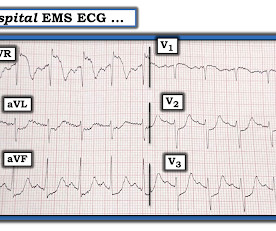




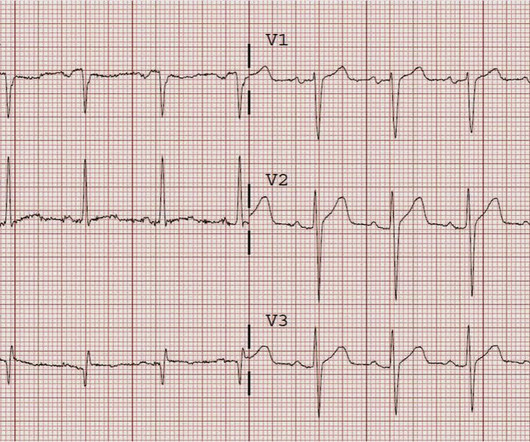
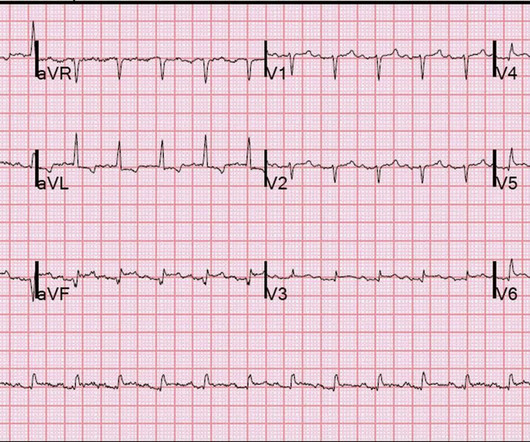
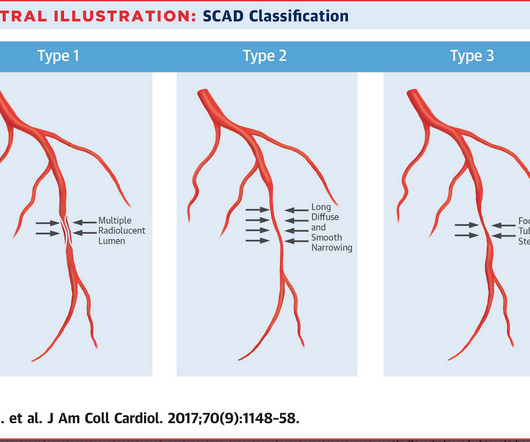

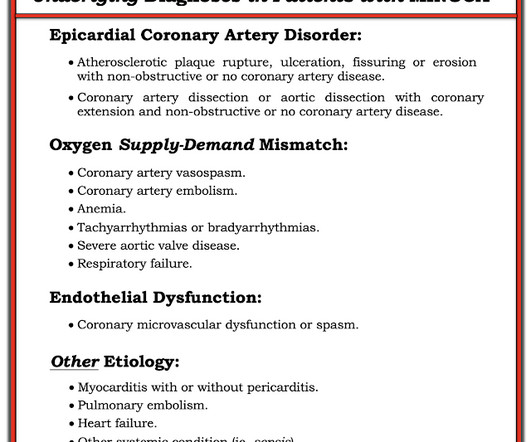

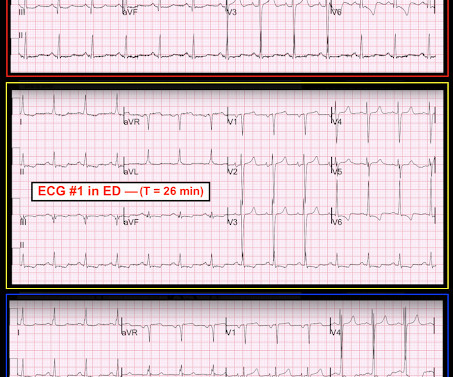
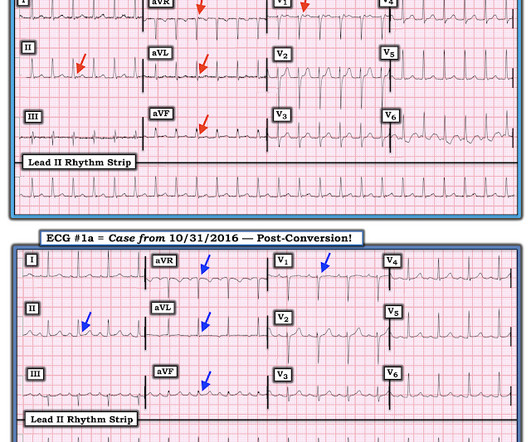
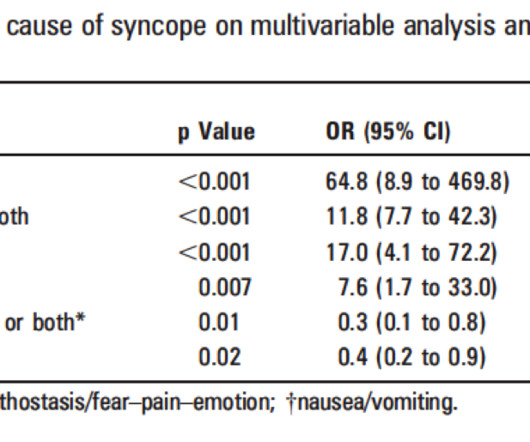






Let's personalize your content